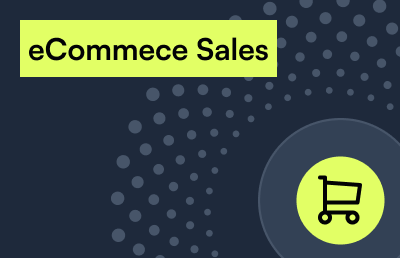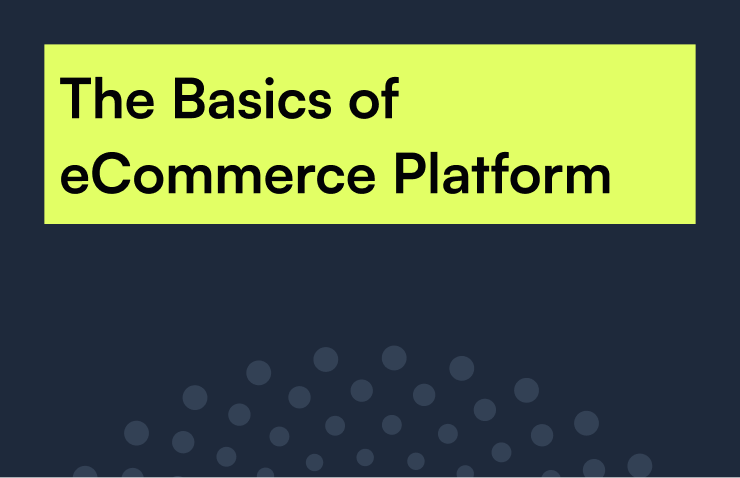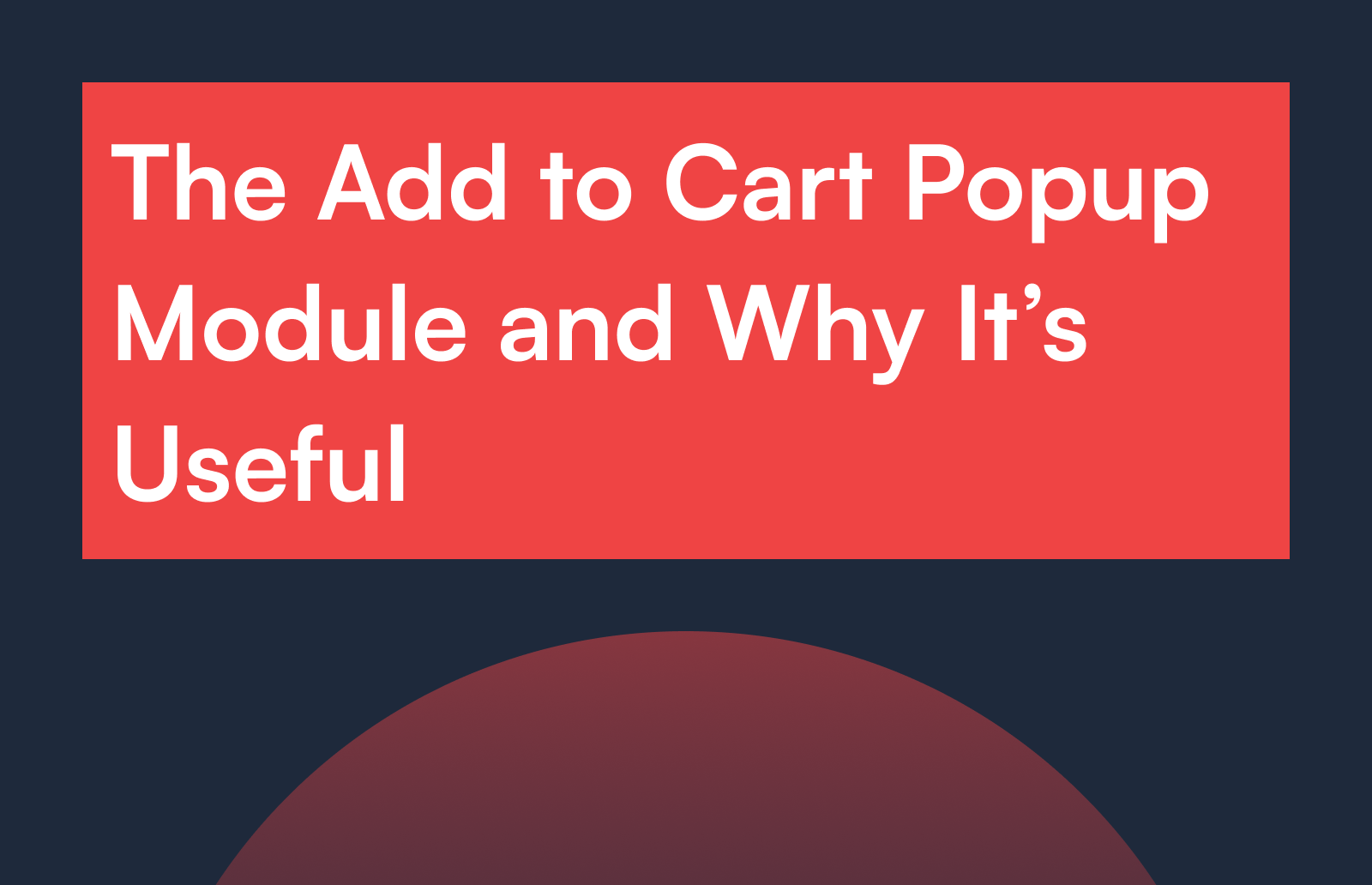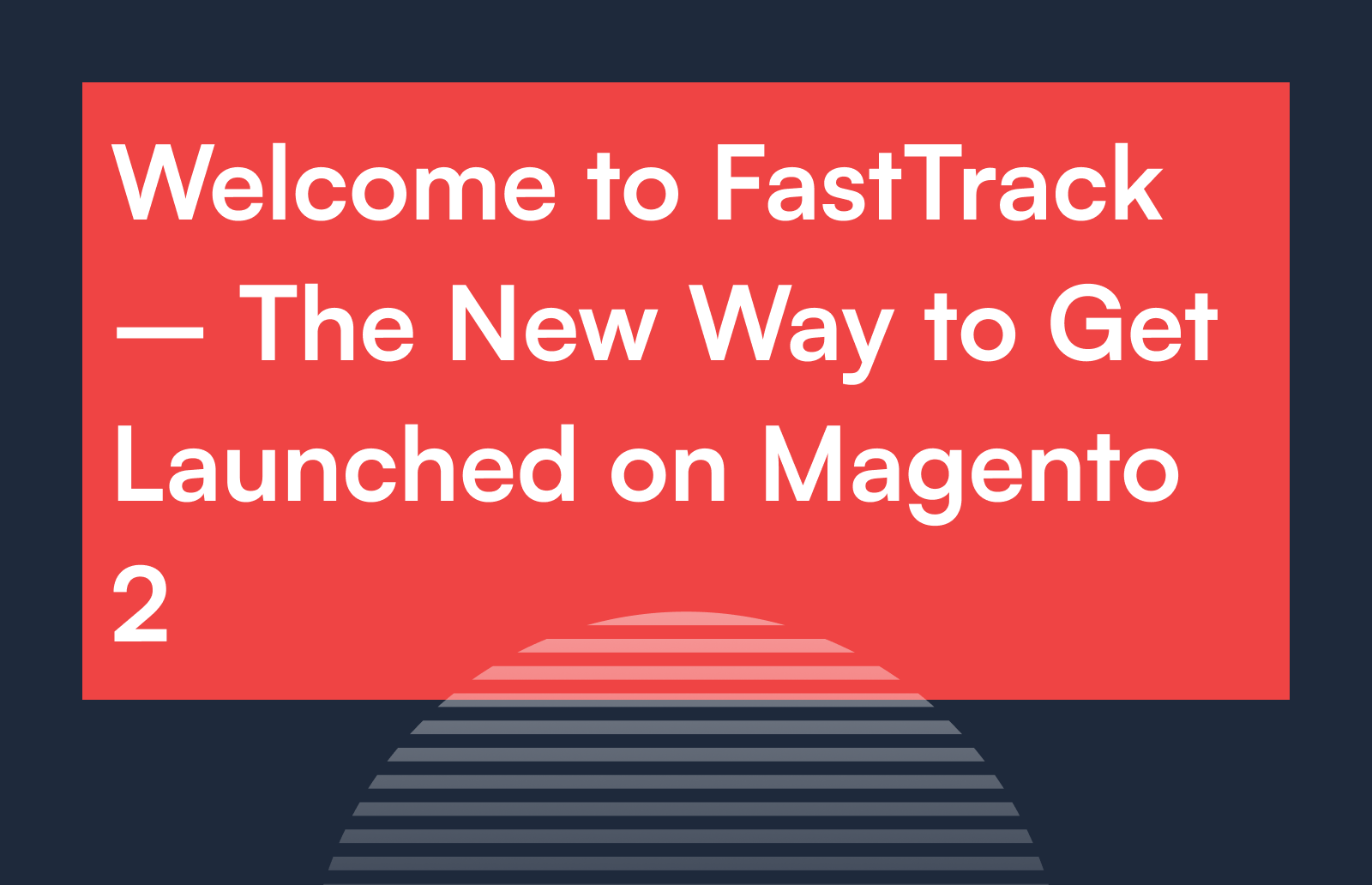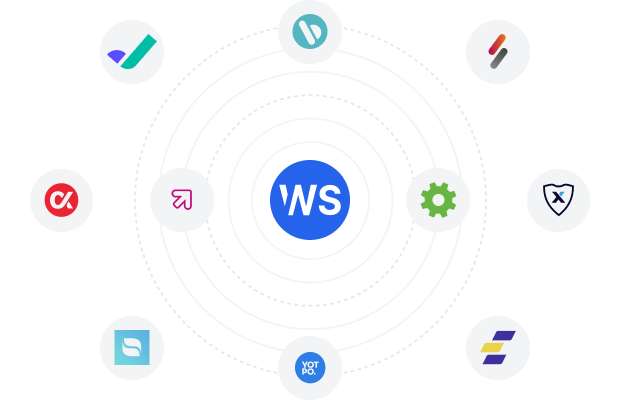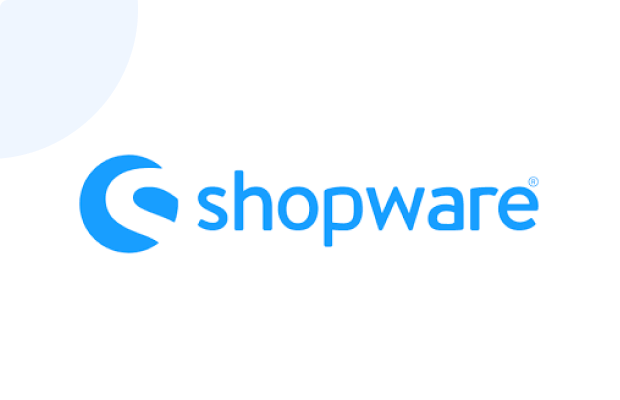
Build the exceptional with Shopware Experts
Shopware has been creating eCommerce experiences since 2000.
Their continued success in European markets has caught the attention of US-based brands, and has led them to launch their software in the USA . Web Solutions NYC is leading the charge as Enterprise Partners to offer the full suite of features Shopware has to offer to US-based customers.
Find out some of the key features Shopware has to offer in our Guide.
We Know the Shopware eCommerce Landscape
Check Out Our 4 Part Shopware Webinar
01 /
Intro to Shopware
Why build your business with Shopware?
02 /
Merchant Deep Dive
The tools to help you increase AOV conversion rates.
03 /
In-Depth B2B
Handle complex B2B pricing, approval workflows, and merchandising
04 /
Migration and Data
Comprehensive review of Product Data, Consumer Data, Order Data and Hosting
What Shopware has to offer
Custom Configuration
Shopware provides full control for webmasters, meaning you have the power to configure your digital commerce platform to your business needs. Configuring catalogs, variants, shipping methods & payments rules to name just a few.
With over 100,000 live merchants and over 20 years experience, there is sure to be a configuration option for you. If not, there’s still good news: since Shopware is open-source, you have the ability to custom-build a solution for whatever service, shop, process, or product you’re selling.
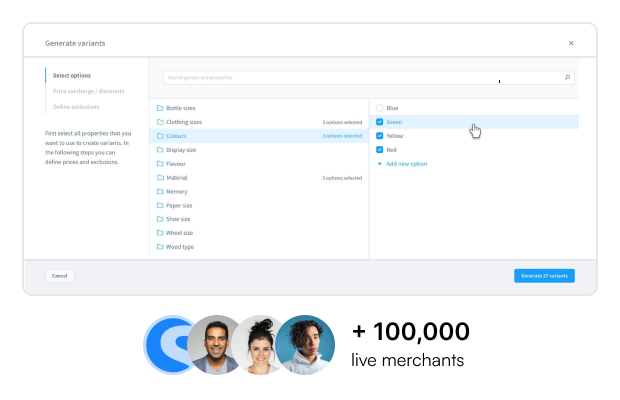
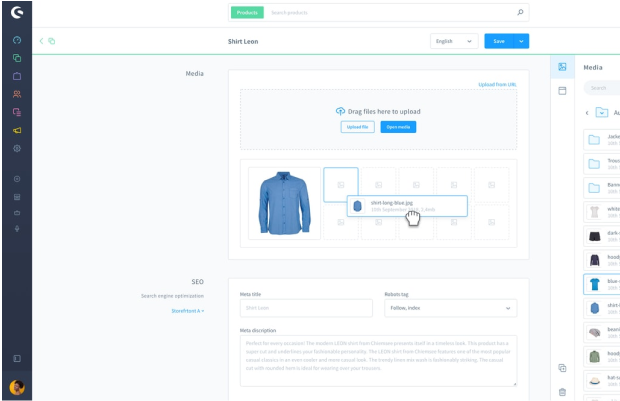
Detailed Product Management
Shopware provides you with everything you need to get started selling – saving time and ensuring your offers feel effortless.
- Intuitive creation of products and categories
- Infinite number of products
- Import and export of products
- Maintenance of product types and characteristics
- Tagging system
- Creation and management of your own free text fields
- Variant capability and filtering of item variants
- Creation and sale of virtual products
- Sale of customized products free from the Professional Edition and higher
- Ratings and cross-selling function
Quality Marketing & Design
Thanks to the one-of-a-kind Shopping Experiences, it’s now possible for customers to have a unified shopping experience across channels, regardless of content or device. For the retailer, creating Shopping Experiences comes intuitively and requires no design affinity or prior technical knowledge.
- Easy to use and intuitively designed
- Flexibly design any number of pages: Landing pages, category pages, product detail pages, listings etc.
- Manage different content for individual sales channels
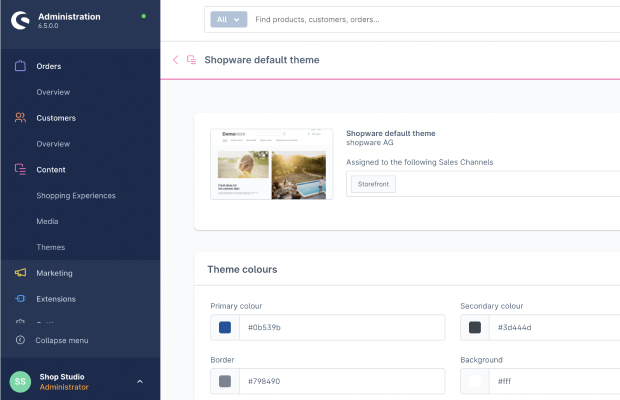

Web Solutions NYC has been a valuable partner for our company. The industry knowledge provided by the team has improved site performance and helped us reach overall company goals. Communication is always quick and open, providing the best solutions for our implementation.
Sheila K
Happy Merchant
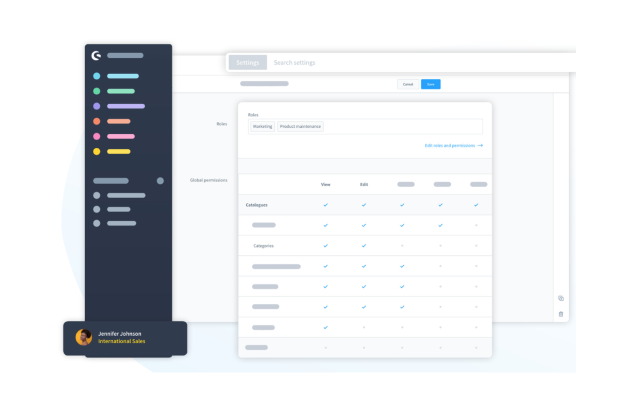
Ultimate B2B Functionality
The Shopware B2B Suite has been designed to meet the complex requirements of the B2B segment – while still offering a high degree of customizability. The powerful B2B framework enables a seamless integration into existing workflows and processes, making it possible to adapt to a wide range of diverse business models that account for every moving part.
- Powerful B2B framework with an extensive feature set
- Ease of integration with existing processes
- Precise control or rights and roles, budgeting and release processes
- Targeted customer approach through customer-specific price functions
- Contact and address management
- Quick orders
Next-Gen Technology
Shopware 6 uses Symfony as the standard framework, while the administration is completely based on Vue.js. In relying on technological standards, we’ve made it even easier to work with Shopware – while reducing dependency on specialized knowledge. Our goal is to make it as comfortable as possible to get started with Shopware by providing you with various resources.


Flexible Marketplace
Shopware 6 is a lean and extremely flexible product that can be easily adapted to meet your requirements – and the Plugin Manager is your command center for managing the apps and themes added to your shop. Using this module, you can install, purchase, update or delete apps.
Why you should consider choosing Shopware
Are you looking to take your ecommerce business to the next level? Look no further than Web Solutions NYC!
01 /
Strategy and Road Map
Building a website isn’t something you do without a plan.
02 /
UX and Creative
Design isn’t just creative collateral. It’s the application of your creativity to sell an experience – that sells your brand.
03 /
Develop and Build
Creating a custom website goes better with an expert, which is why we only work with senior engineers.
04 /
Maintain and Optimize
Constant uptime, data-driven optimization, and personalized marketing all play a part in a successful online store.
We’re proud of our work
and want to show it off
to you.
About The Project
Rifle Paper Co. was founded in 2009 by husband-wife team Nathan and Anna Bond. Over the years, they have grown their company from two people to over 150.
The world is full of bold colors, hand-painted florals, and whimsical characters—and their goal is to create quality products that bring beauty to the everyday.

Frequently Asked Questions
Shopware vs. others?
Unlike many platforms, Shopware provides an open-source foundation, combining flexibility with powerful built-in features. It’s a blend of robust scalability and user-friendliness, ideal for businesses of all sizes.
Customization possibilities?
Shopware’s dynamic platform lets you tailor every aspect of your store. From themes to functionalities, it’s designed to evolve with your business needs, ensuring that your online presence stays unique and brand-consistent.
Scalability for growth?
Shopware shines when it comes to scalability. As your business expands, the platform adjusts, ensuring smooth performance regardless of traffic surges or expanding inventories.
Handling international sales?
Catering to a global audience? Shopware has you covered with native multi-language support, diverse currency options, and region-specific tax configurations. Going global has never been easier.
SEO tools and capabilities?
Boosting your online visibility is easier with Shopware. The platform comes optimized with SEO-friendly URLs, rich snippets, and effective metadata handling. It’s all about ensuring search engines and customers find you effortlessly.
Benefits of API-first approach?
Shopware’s API-first nature translates to easy third-party integrations and streamlined data handling. It’s about making sure your store remains interconnected, agile, and ready for future innovations.
Support and community resources?
When you opt for Shopware, you’re not just choosing a platform, but joining a vibrant community. From dedicated support teams to active forums and detailed documentation, assistance is always within reach.
Learn more from our Shopware experts
First-Class Partnerships for Maximum Growth
We’ve teamed up with industry-leading solutions, dedicated to providing merchants the best resources for their growth journey.
Let’s Get Real About Your eCommerce Success!
No fluff. Just results. Join forces with us and let’s make tangible progress on your online aspirations.












